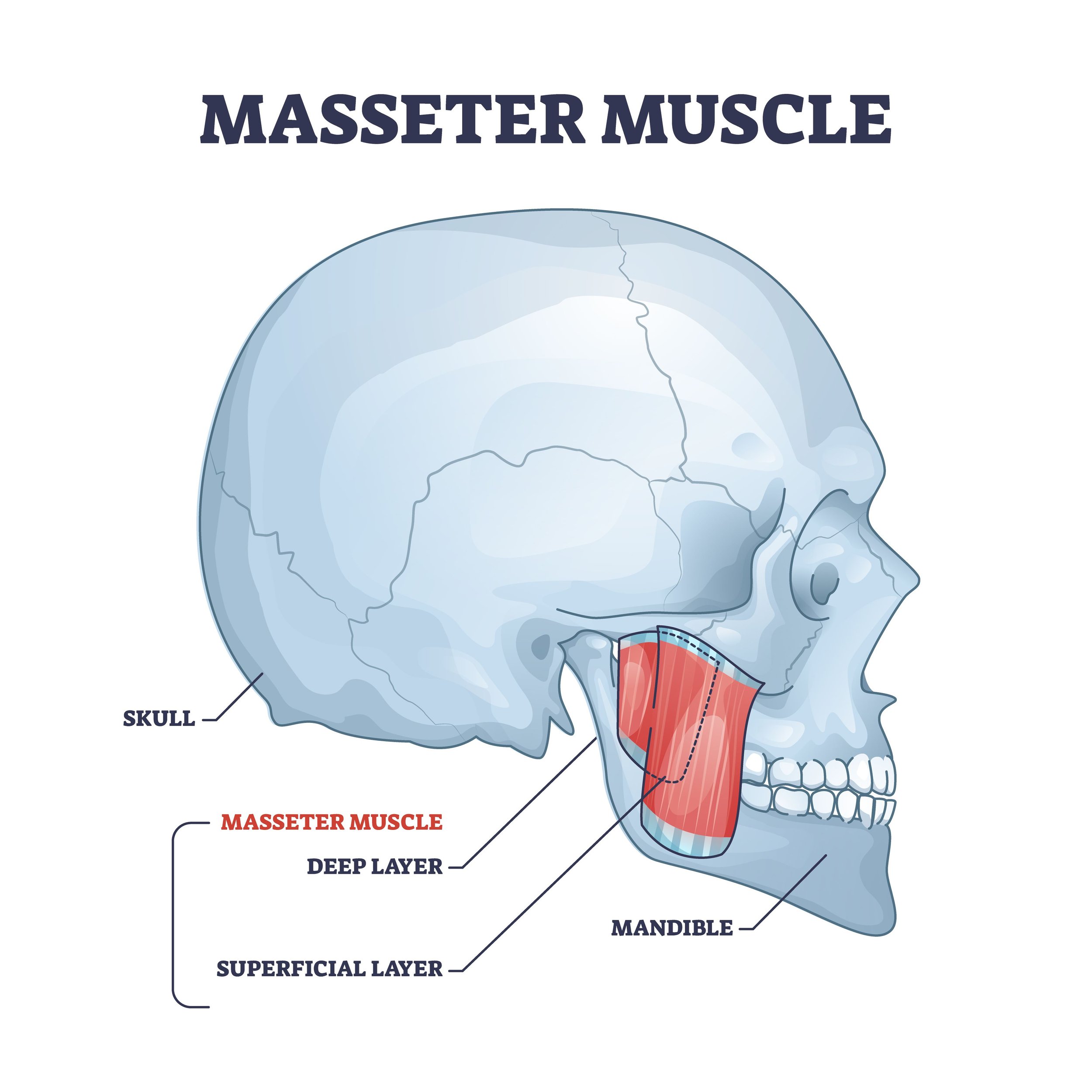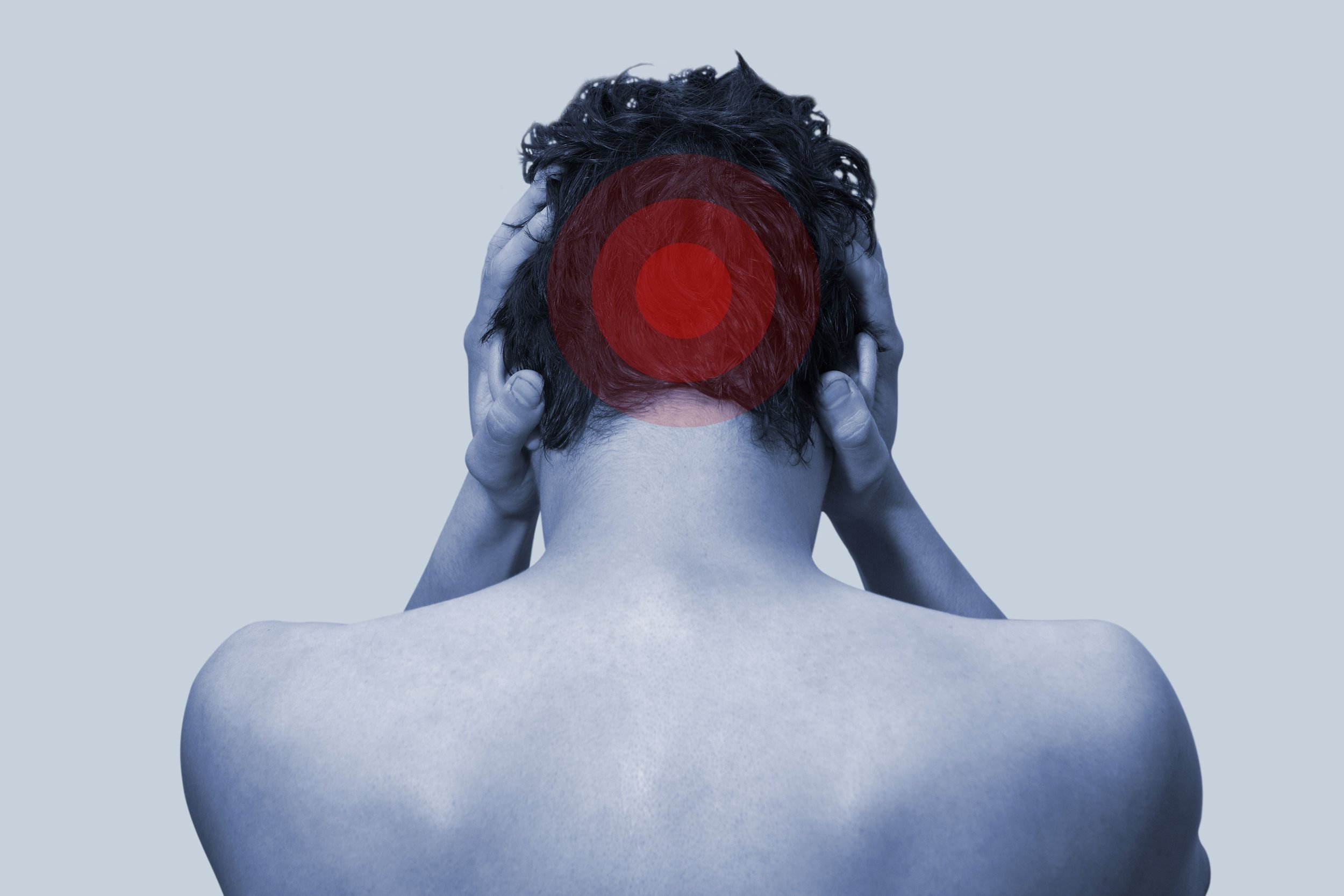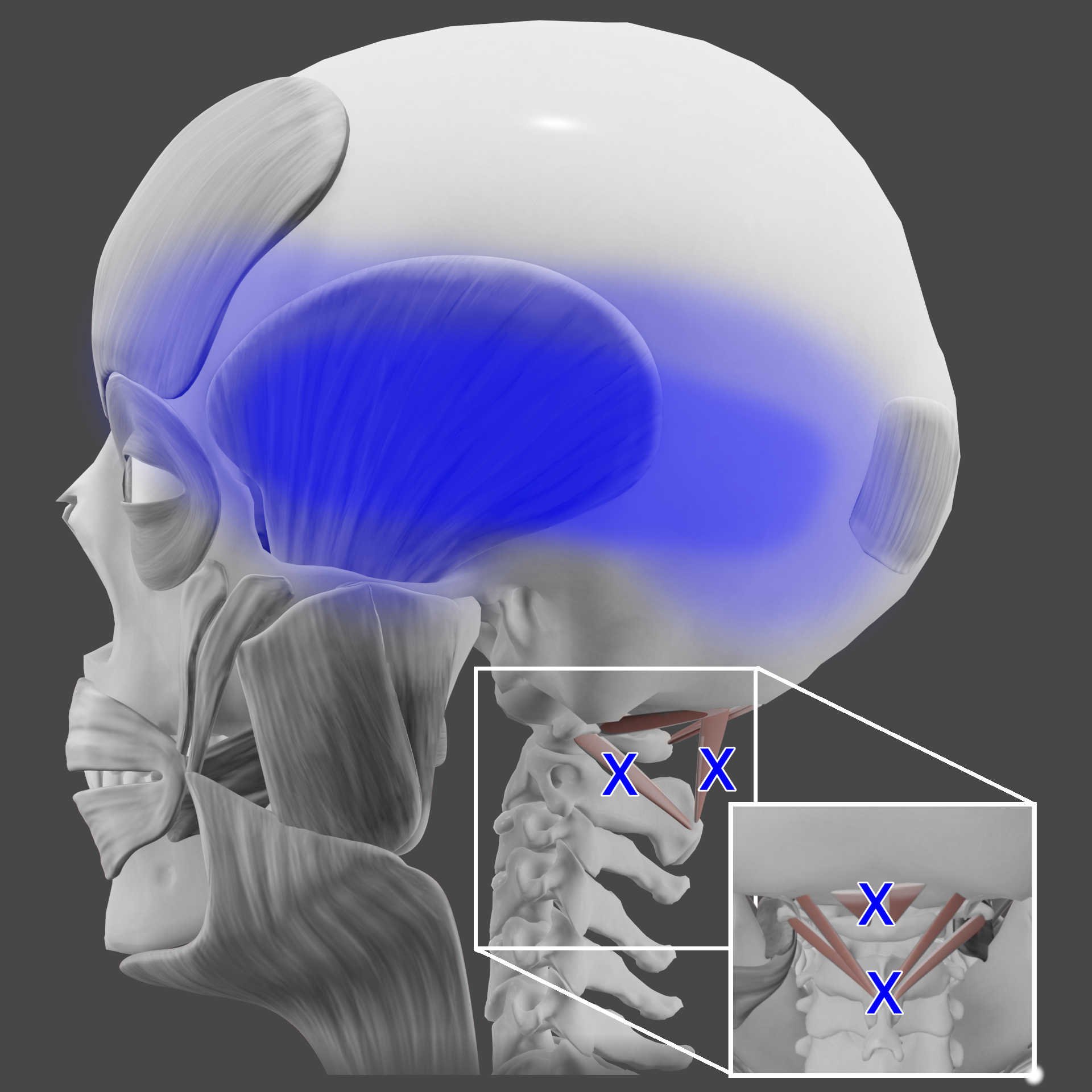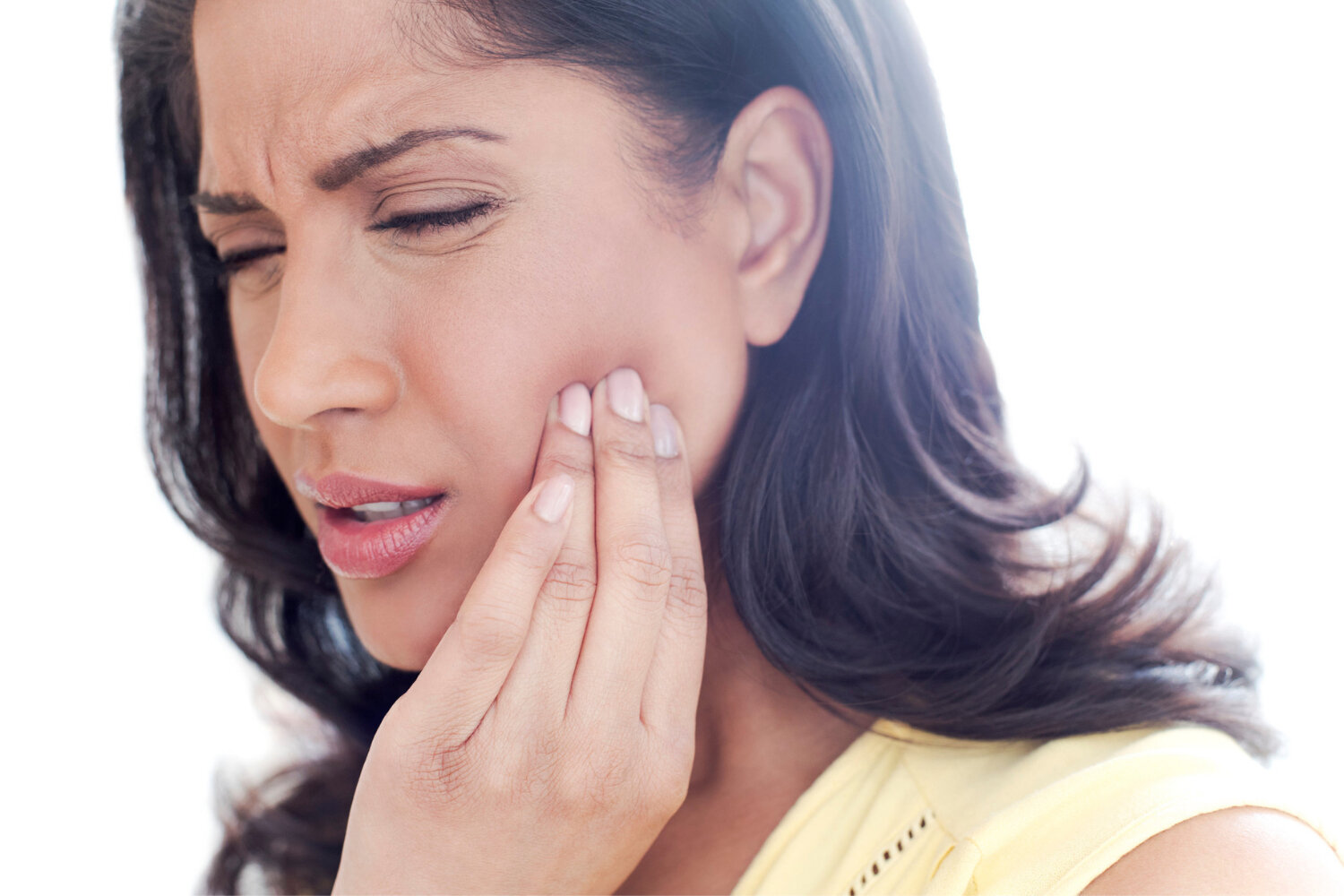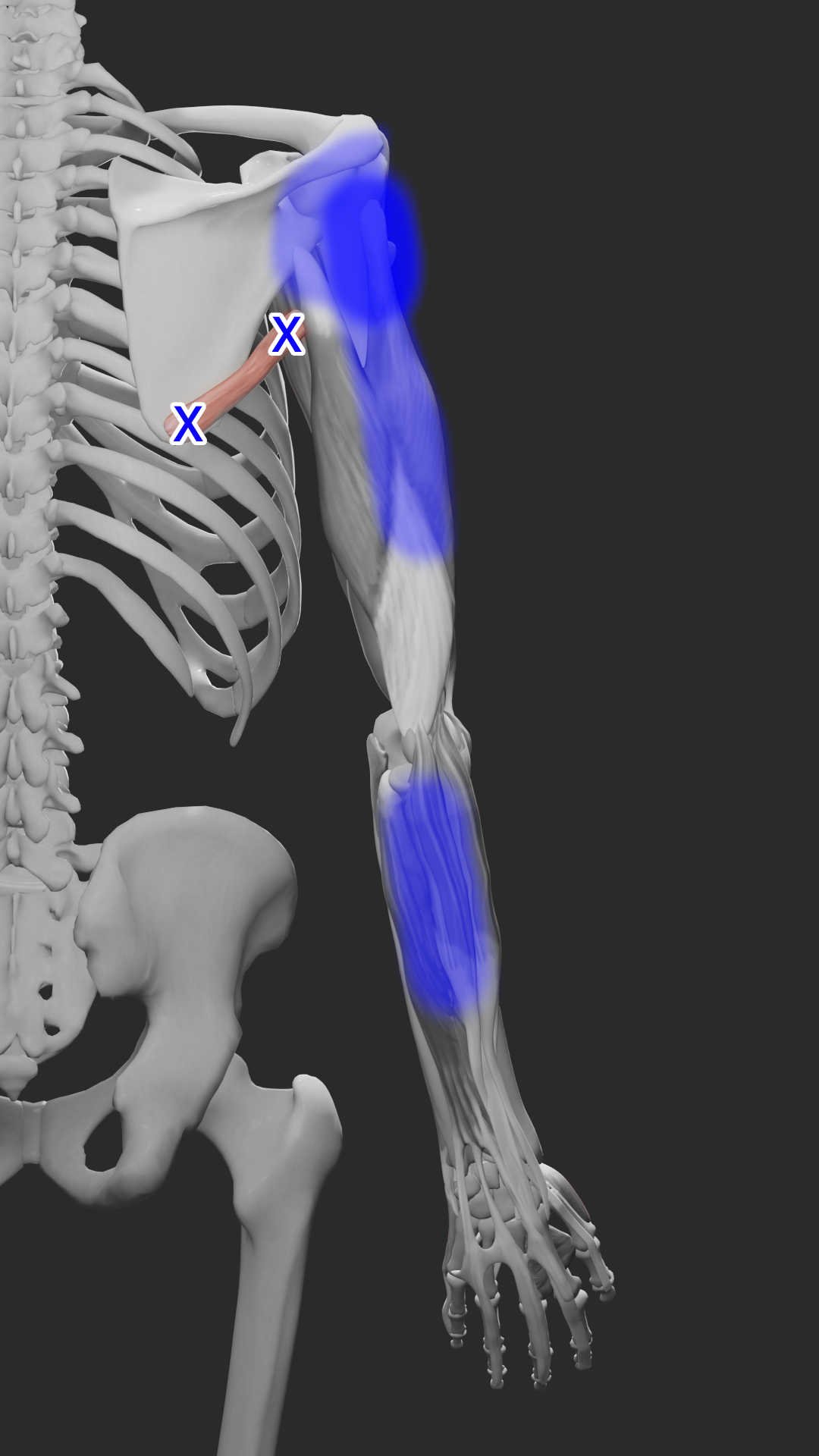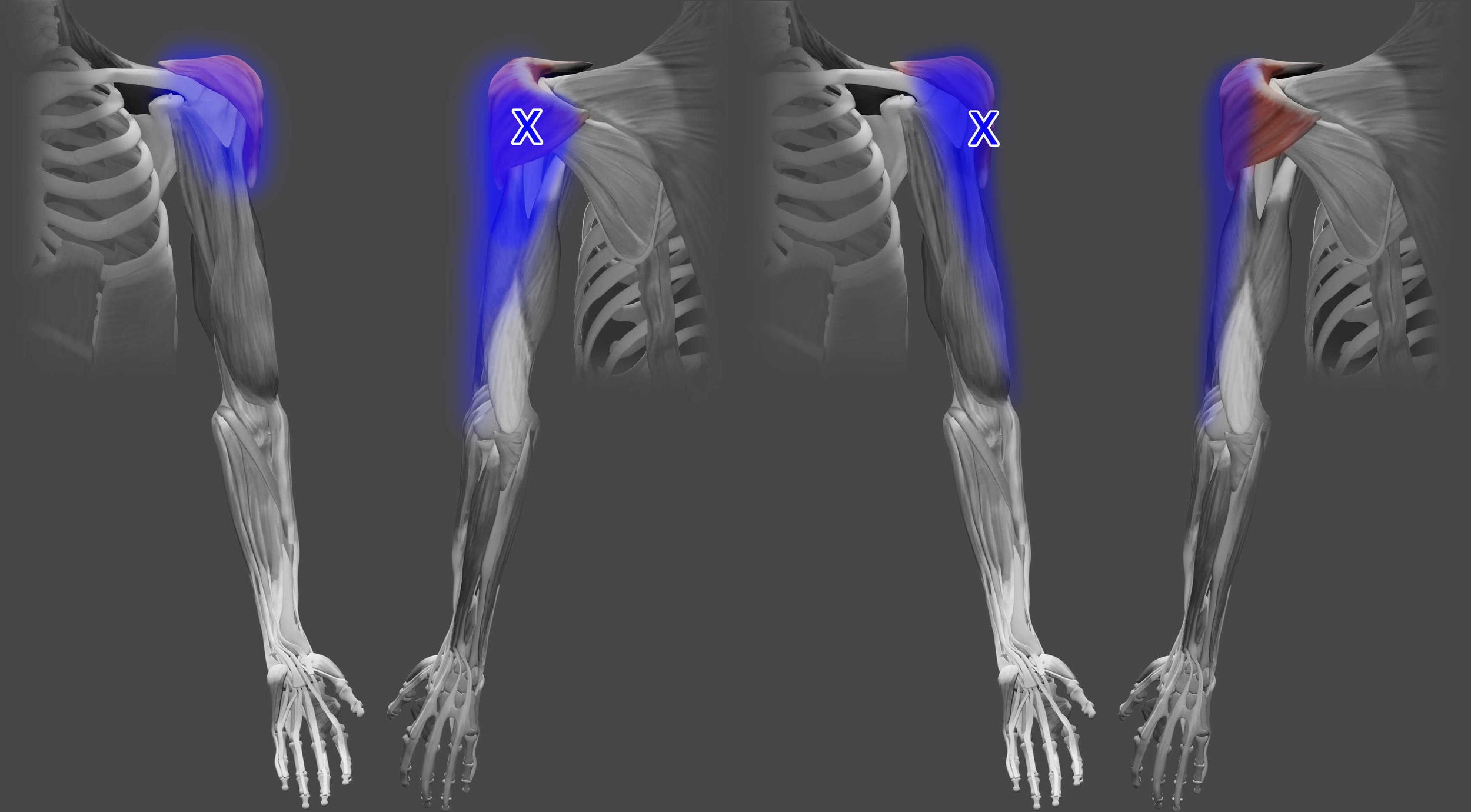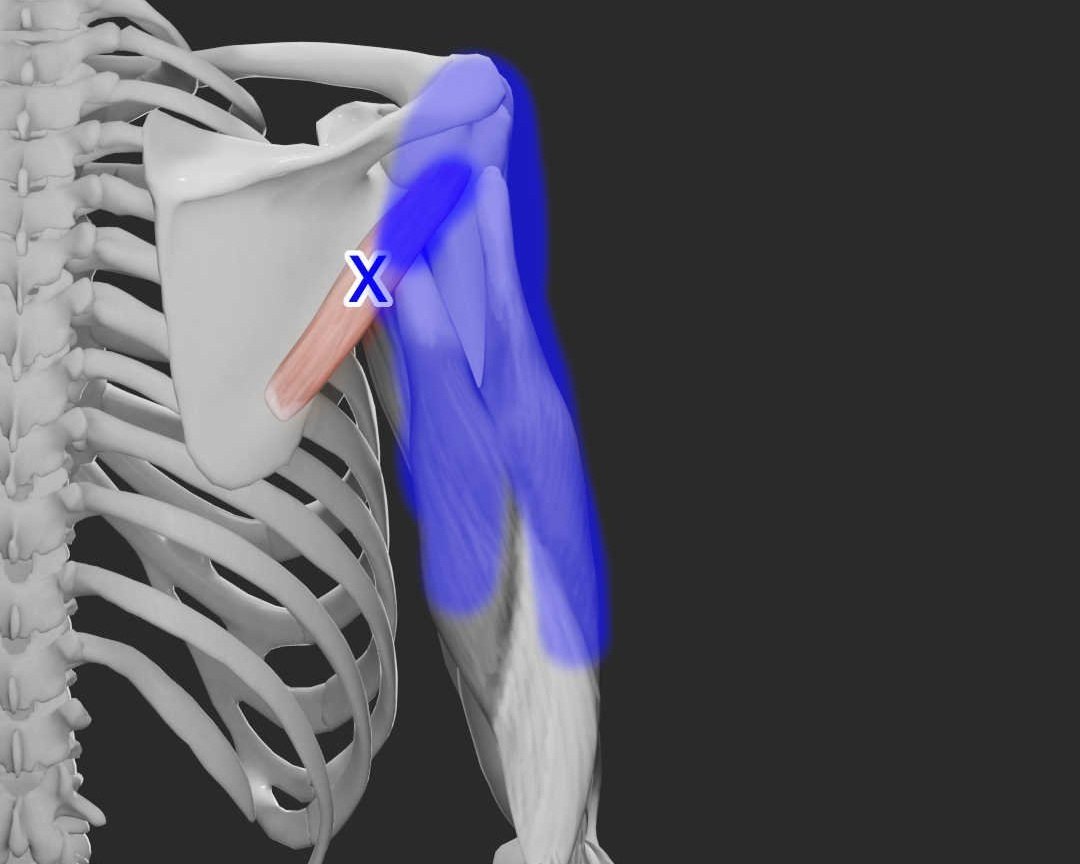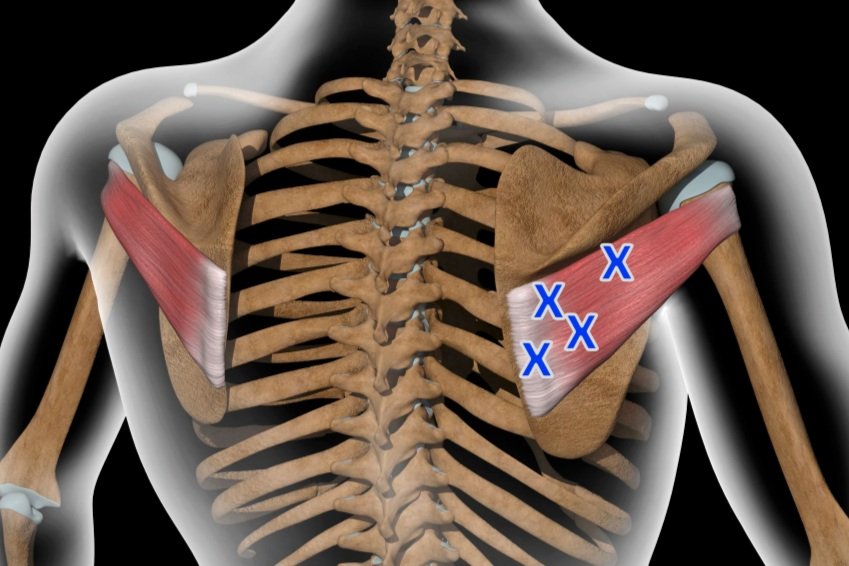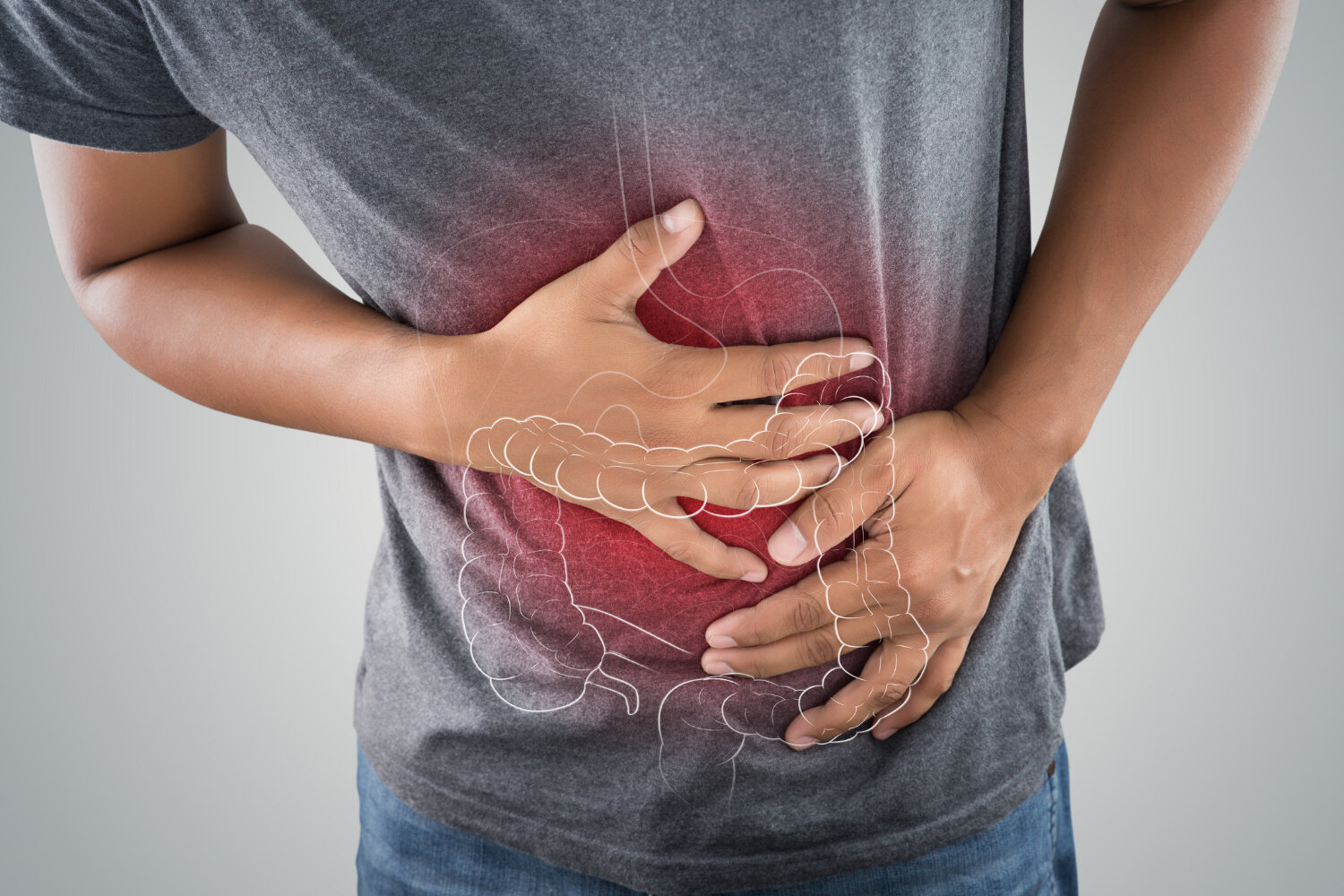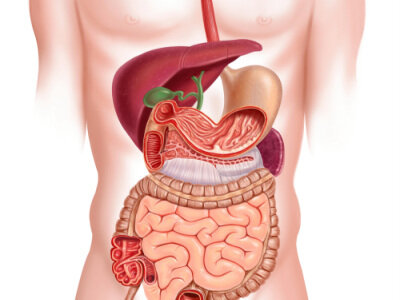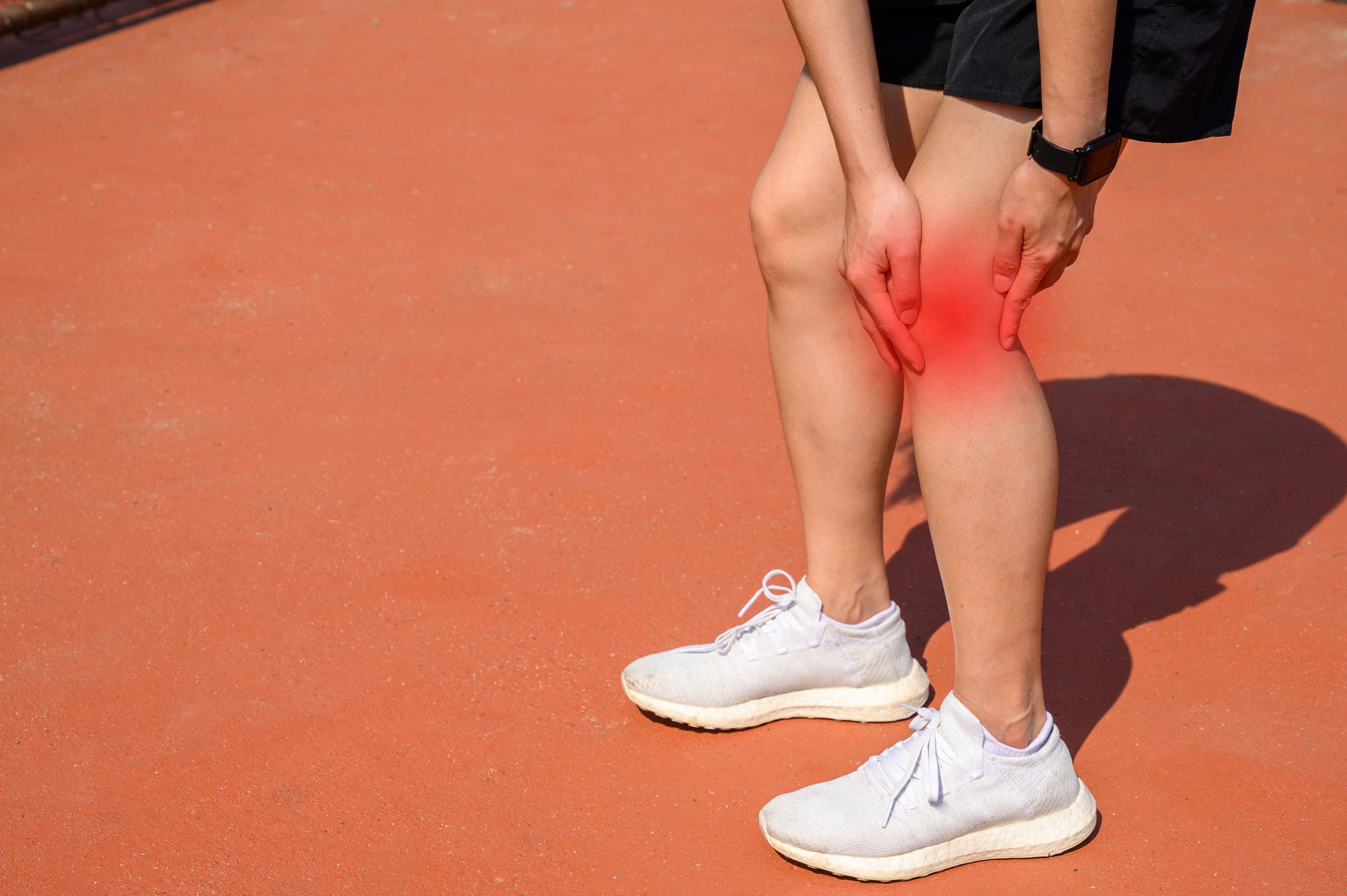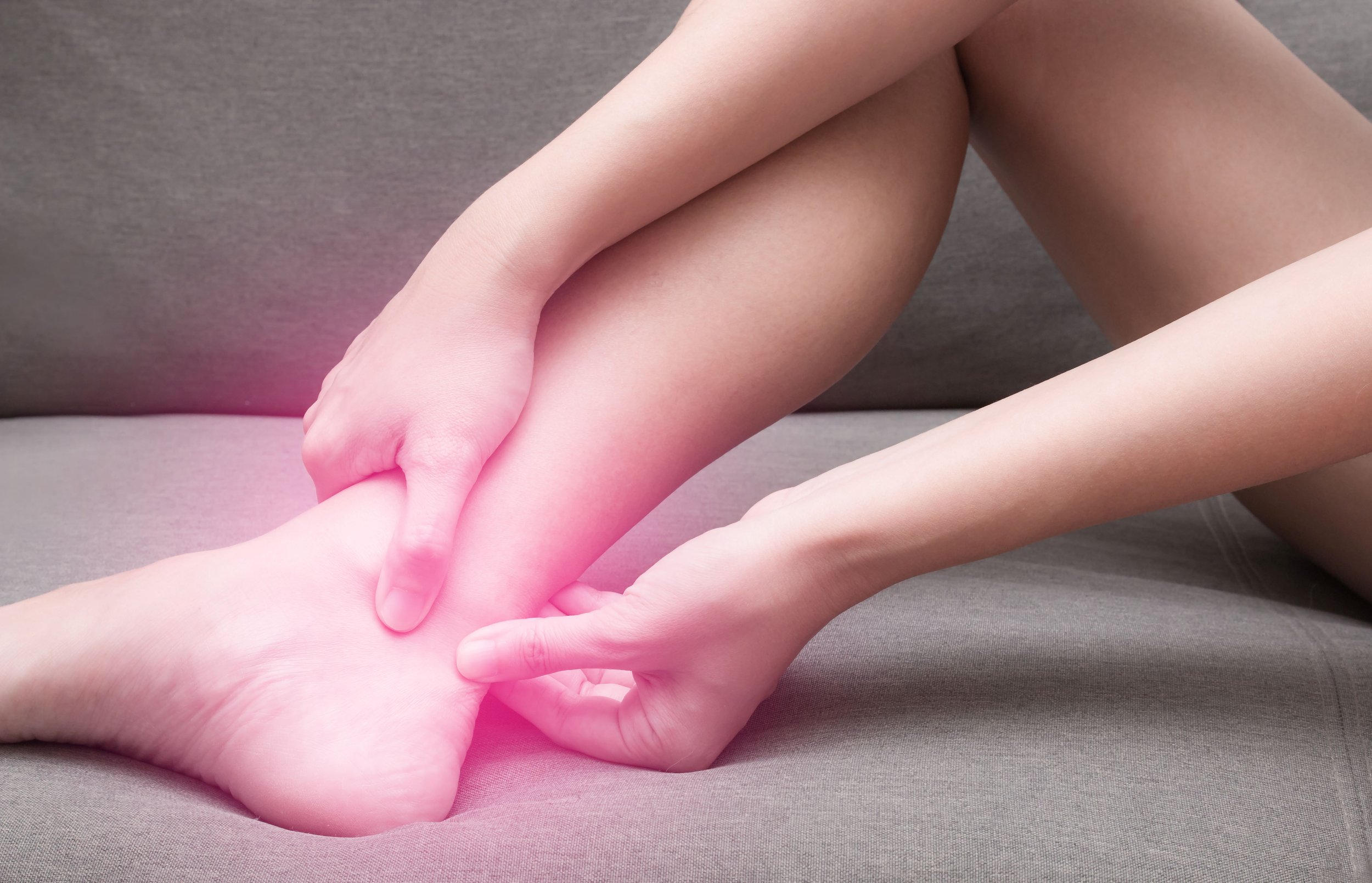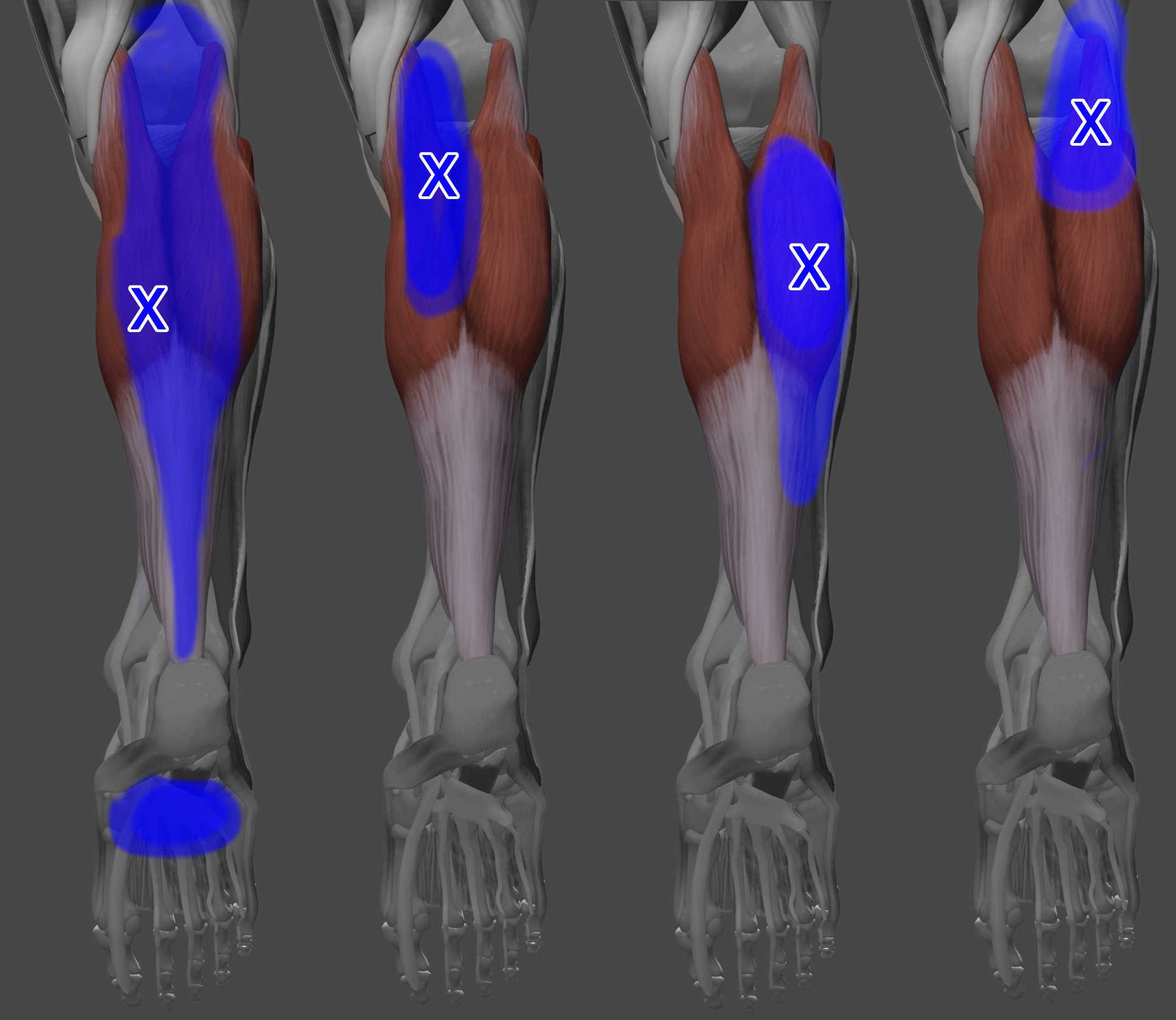
Blogs by Body Region
Navigate Your Way to Relief with Our Blogs Organized by Part of the Body
At Morningside Acupuncture, we aim to make your journey to pain relief as effortless and seamless as possible. We understand how daunting it can be to sort through the sea of information online and find the resources that are relevant to you. That’s why we have created this page that curates our blog content by section of the body. From back pain to migraines, we have practical insights to help you understand your body and naturally live free from pain and discomfort. Explore our blogs today!
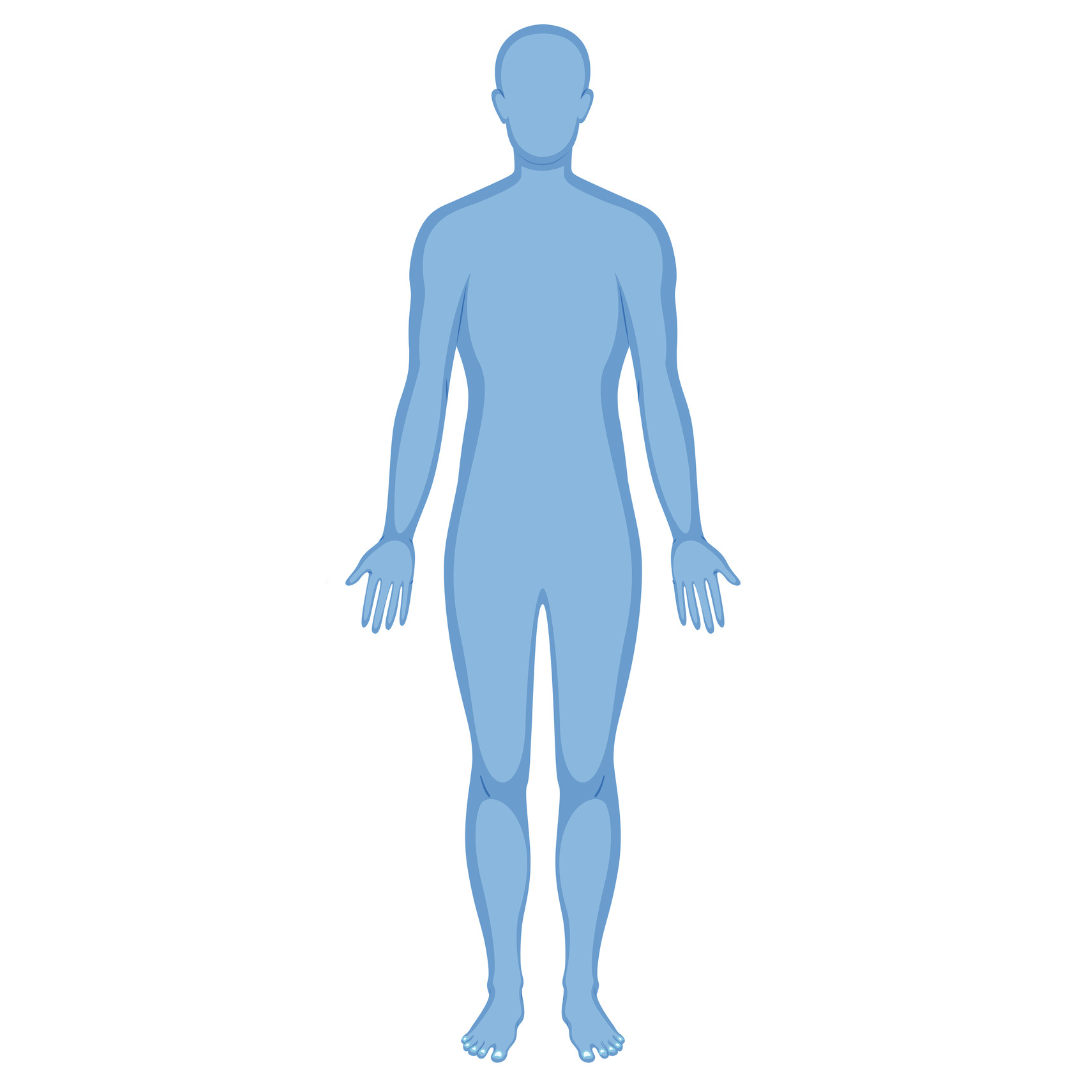
Morningside Acupuncture Blogs
Curated by Body Region
Learn more about muscles and understand the power of acupuncture for your targeted pain relief.
Scroll down to learn more about each region of the body and find its curated blogs.

The head and neck region of the human body is a complex anatomical structure that houses critical functions like cognition, communication, and nutrition. It consists of several components, including the brain, eyes, ears, mouth, nose, and various muscular structures that aid in facial expression, swallowing, and movement. The muscles in this region, such as the sternocleidomastoid and suboccipital, are pivotal in supporting the head and facilitating its movement. Pain in this area can manifest in many ways, often as headaches, facial pain, or neck discomfort. It can be a symptom of various conditions, from tension or migraines to more serious issues like temporomandibular joint disorder (TMJ) or cervical radiculopathy. Understanding the anatomy of the head and neck is essential for diagnosing and treating these conditions effectively.
Head and Neck
Discover a first-line treatment for whiplash injury using an integrated approach of acupuncture and dry needling. Learn the science behind neck trauma and schedule your consultation today.
Discover a first-line treatment for tension headaches using an integrated approach of acupuncture and dry needling. Learn the science behind muscle tension and stress-related headaches, and schedule your consultation today.
Evidence supports dry needling as a first-line treatment for neck pain. See how it works and how it compares to other non-drug therapies in this 2025 systematic review.
Explore how acupuncture alleviates pain through brain regions such as the amygdala (AMG), ACC, and PFC, while utilizing acupoints like BL25, ST25, ST37, ST36, GB34, PC6, SP6, and GB30.
Discover a first-line treatment for neck pain using an integrated approach of acupuncture and dry needling. Learn the science behind neck pain and schedule your appointment today.
Explore how acupuncture—encompassing dry needling and electroacupuncture—helps regulate the autonomic nervous system (ANS), improving cardiovascular, GI, and immune health.
Learn about the best acupuncture points for headaches - including their meanings, locations, and ways they can help you relieve pain, tension, and headaches.
Discover how dry needling, a specialized form of needling that uses acupuncture needles, targets temporalis muscle trigger points to relieve headaches, facial pain, and toothache-like discomfort.
Discover how acupuncture can ease temporalis muscle pain, headaches, and jaw discomfort by targeting key meridian points for lasting relief.
Discover the crucial role of the temporalis muscle in chewing, jaw stability, and TMJ health. Learn how posture and overuse can trigger headaches—and explore effective ways to find relief.
Explore the benefits of acupuncture for tension-type headaches, including pain relief, improved quality of life, and reduced headache frequency. Learn about recommended treatment protocols, acupoint selection, and the latest research findings.
A new 2024 study reveals that individualized acupuncture may significantly reduce chronic neck pain for up to 24 weeks. Learn how personalized acupuncture treatments offer a safe and effective alternative to traditional pain relief methods.
Discover the benefits of facial acupuncture, a natural and holistic approach to improving skin health and appearance. Learn how this ancient practice can help reduce wrinkles, improve skin tone, and promote overall well-being.
Learn about splenius cervicis trigger points, including symptoms, causes, and corrective actions for neck pain, headaches, and upper back discomfort. Explore comprehensive pain management strategies to improve your neck health and overall well-being.
Masseter muscle pain is a common cause of jaw pain and TMJ dysfunction. Learn about masseter muscle pain treatment options and self-care.
The masseter muscle is important for chewing. It can be a common cause of TMJ pain when it develops tightness or trigger points. Learn more about the masseter muscle and how acupuncture and dry needling can offer natural, drug-free treatments.
Learn about Yin Tang, an important acupuncture point for sleep, anxiety, and stress.
Explore recent research that shows how acupuncture may reduce be an effective treatment to alleviate symptoms of migraines.
Explore how dry needling for TMJ offers hope and relief for jaw pain sufferers, highlighting research-backed benefits and real-life impacts.
Explore recent research that shows how acupuncture may reduce pain that often follows orthodontic treatment, offering holistic management and care.
A 2024 meta analysis found that acupuncture may improve pain, mood, and quality of life in people suffering from migraines.
Explore effective relief with acupuncture for neck pain. Learn more about acupuncture and how it can offer neck pain treatment that lasts.
Occipital neuralgia is a painful condition that is characterized by headaches and sharp, shooting pains. Learn more about this condition and how acupuncture and dry needling can provide relief for symptoms of occipital neuralgia.
Suboccipital muscle trigger points commonly cause headaches and base of skull pain. They can be mistaken for in cases of occipital neuralgia. Learn more about the suboccipital muscles, causes of pain, and how acupuncture and dry needling can help.
Levator scapulae trigger points are often the cause of a “stiff neck” and can cause neck, shoulder, and upper back pain. Learn more about levator scapulae trigger points, causes of pain, and how acupuncture and dry needling can help.
Trapezius trigger points can cause neck, shoulder, upper back pain, and headaches. Learn more about trapezius trigger points, causes of pain, and how acupuncture and dry needling can help.
The splenius capitis muscle is located in the back of the neck and trigger points in this muscle can cause headaches and pain at the top of the head (vertex pain). Read more to learn about splenius capitis trigger points and how acupuncture and dry needling can help relieve neck pain and headaches naturally.
Learn what causes headaches, common triggers and how you can naturally relieve headache pain and discomfort with acupuncture.
Learn what causes TMJ disorders and how acupuncture for TMJ can be an effective way to treat temporomandibular joint disorders naturally.
A migraine is a type of throbbing headache that can also cause sensitivity to light, nausea and vomiting. Some people also experience auras or visual disturbances where they see flashes of light.
Learn what causes migraines, common triggers which exacerbate symptoms and how acupuncture for migraines can be extremely effective. Relieve migraine pain naturally so you can live life to the fullest.
⬆️ Back to top
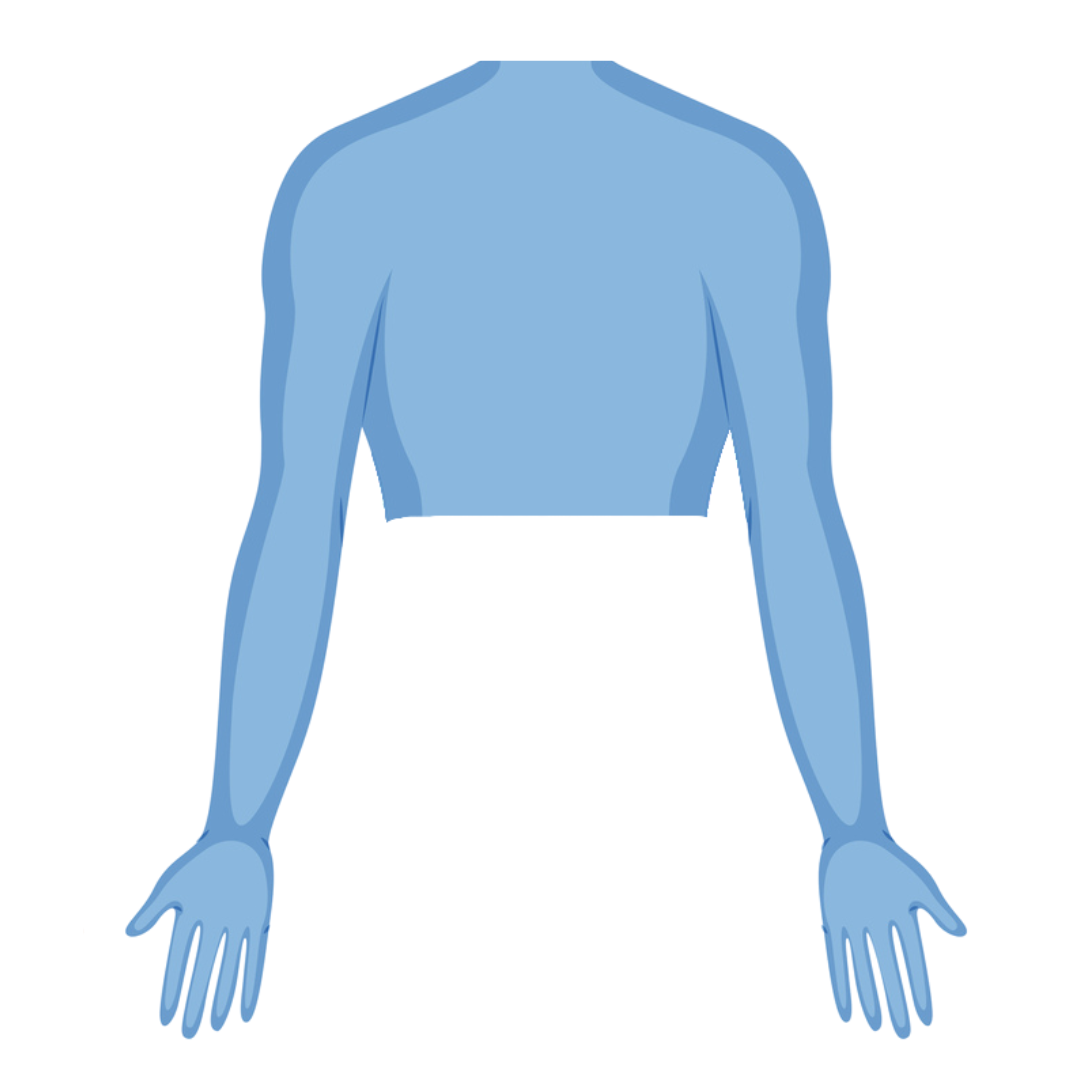
Upper back, shoulder, and arm
The upper back, shoulder, and arms form a crucial part of the human body's anatomy, facilitating a wide range of movements and actions. The upper back, or thoracic spine, contains 12 vertebrae and provides stability while the shoulders, composed of the clavicle and scapula, create a versatile joint system. The arms, comprising the humerus, radius, and ulna, are powered by muscles like biceps, triceps, and forearm muscles for various movements. These muscle groups work synergistically to perform tasks from lifting and throwing to fine motor skills. Pain symptoms in these areas can emerge from muscle strains, overuse injuries, or conditions like rotator cuff tears, frozen shoulder, or thoracic outlet syndrome. This pain could manifest as stiffness, sharp or dull aches, or decreased range of motion. Understanding this region's anatomy helps in effectively diagnosing and managing such conditions.
Struggling with upper trapezius pain? Learn what causes trapezius myalgia (muscle pain), how to treat it, and why dry needling is one of the most effective evidence-based solutions for lasting relief in NYC.
Discover a first-line treatment for Golfer’s elbow or medial epicondylitis using an integrated approach of acupuncture and dry needling. Learn the science behind wrist pain and schedule your appointment today.
Discover a first-line treatment for carpal tunnel syndrome using an integrated approach of acupuncture and dry needling. Learn the science behind wrist pain and schedule your appointment today.
Discover a first-line treatment for tennis elbow or lateral epicondylitis using an integrated approach of acupuncture and dry needling. Learn the science behind elbow pain and schedule your appointment today.
Learn how acupuncture balances autonomic pathways—especially the vagus nerve, hypothalamic nuclei, and spinal segments—to regulate digestion, reduce gut inflammation, and modulate gastric motility. Discover how points like ST21, ST25, ST36, ST37, GB34, PC6, BL21, GB30, LI11, and RN12 can improve gastrointestinal function.
Learn how acupuncture targets key pathways in the brainstem and hypothalamus to regulate blood pressure, heart rate, and sympathetic tone. Discover how points like HT5, HT7, PC5, PC6, PC7, ST36, and ST40 can help maintain cardiovascular health.
Explore how adding acupuncture to physical therapy enhances pain relief and range of motion for patients with frozen shoulder, based on a 2024 systematic review and meta-analysis.
Learn to distinguish between chest pain from pectoralis major trigger points and heart attack symptoms, ensuring timely and appropriate care for your health.
Explore the causes of pectoralis major muscle pain, learn how pectoralis major trigger points contribute, and discover effective treatments like acupuncture and dry needling.
Discover the causes, symptoms, and effective non-surgical treatments for Pectoralis Minor Syndrome, a hidden source of shoulder and arm pain, including acupuncture and dry needling.
Discover how dry needling can effectively treat tennis elbow, or lateral epicondylitis, by targeting muscle trigger points to alleviate pain, enhance function, and improve grip strength.
Explore the benefits of acupuncture for tennis elbow, offering pain relief and improved healing as a stand alone treatment or part of a comprehensive treatment approach.
Explore the causes, symptoms, and effective treatments for tennis elbow, or lateral epicondylitis, in our comprehensive blog post. Learn about preventive measures, exercises, and when to seek professional help to manage this common condition affecting the elbow's extensor muscles.
As one of the rotator cuff muscles, subscapularis trigger points can cause back of arm, back of shoulder, and wrist pain. Learn more about subscapularis pain and how acupuncture and dry needling can help.
Teres major trigger points can cause back of arm, back of shoulder, and dorsal forearm pain. Learn more about teres major pain and how acupuncture and dry needling can help.
Deltoid trigger points commonly cause localized shoulder pain. Learn more about the deltoid muscle, causes of pain, and how acupuncture and dry needling can help with deltoid pain.
Teres minor trigger points can cause posterior shoulder pain as well as numbness and tingling of the 4th and 5th fingers that can mimic cervical radiculopathy. Learn more about the teres minor muscle, causes of pain, and how acupuncture and dry needling can help.
Levator scapulae trigger points are often the cause of a “stiff neck” and can cause neck, shoulder, and upper back pain. Learn more about levator scapulae trigger points, causes of pain, and how acupuncture and dry needling can help.
Trapezius trigger points can cause neck, shoulder, upper back pain, and headaches. Learn more about trapezius trigger points, causes of pain, and how acupuncture and dry needling can help.
Brachioradialis trigger points can cause lateral elbow, forearm, wrist, and thumb pain. Learn more about brachioradialis trigger points, causes of pain, and how acupuncture and dry needling can help.
Rhomboid trigger points cause localized upper back pain. Learn more about rhomboid trigger points, causes of pain, and how acupuncture can help.
Learn what causes frozen shoulder, common trigger points that refer pain the shoulder and how to treat frozen shoulder with acupuncture.
The infraspinatus muscle is a common cause of shoulder pain. Read more to learn about infraspinatus trigger points and how acupuncture can help relieve infraspinatus pain naturally.
Carpal tunnel syndrome can cause reduced function, numbness, and tingling in the hand and arm due to median nerve compression or entrapment.
According to 2017 research published in Brain, functional magnetic resonance imaging (fMRI) studies showed lasting changes in the brain after acupuncture treatments for carpal tunnel syndrome.
Shoulder pain can be caused by an acute injury or a chronic condition like frozen shoulder, arthritis, fibromyalgia, or rotator cuff tendinitis.
Acupuncture helps relieve pain, reduce inflammation, release tight muscles, and increase range of motion for a variety of shoulder problems.
⬆️ Back to top

The torso, encompassing the abdomen and lower back, is a vital part of human anatomy. It houses crucial organs such as the intestines, kidneys, and bladder, and is supported by various muscles, including the rectus abdominis, obliques, and erector spinae. These muscles play a significant role in core stability, posture, and movement. They allow us to bend, twist, and carry weight, making them integral to daily activities. Pain in the torso can arise from a range of issues, from simple muscle strains to more serious conditions like hernias, kidney stones, or disc problems in the lower back. Symptoms can vary, but often include discomfort or aching in the lower back or abdomen, difficulty moving or bending, and sometimes radiating pain to the legs. Understanding the anatomy of the torso aids in the effective diagnosis and treatment of such conditions.
Torso
Evidence supports acupuncture as a first-line treatment for chronic low back pain. See how it compares to other non-drug therapies in this 2025 Cochrane review.
Learn how a 2024 study found combining acupuncture dry needling with exercises can enhance treatment outcomes for chronic mechanical low back pain. Discover insights from recent research and expert opinions.
A new 2024 randomized controlled trial shows that acupuncture significantly improves symptoms and quality of life for patients with refractory irritable bowel syndrome.
Discover how a recent clinical trial demonstrates that acupuncture provides significant and long-lasting relief for chronic sciatica caused by herniated disks, offering a promising alternative treatment option.
Explore the benefits of dry needling for sciatica, including pain relief, muscle relaxation, and improved range of motion. Learn what to expect during sciatica treatments and how this approach can target the muscles causing sciatic nerve pain.
Explore how acupuncture can reduce pain-specific disability in patients with degenerative lumbar spinal stenosis. Learn about the latest research findings and their implications for DLSS treatment.
Discover the causes, symptoms, and treatments of Lower Cross Syndrome, a common postural imbalance affecting the lower back, pelvis, and hips.
Discover the superior effectiveness of acupuncture compared to physical therapy and venesection in treating chronic low back pain. This review of a 2024 in-depth study explores lasting relief options, showcasing acupuncture's unique benefits for pain management and functionality.
Read the latest research on dry needling for acute and chronic low back pain and learn more about this effective, low cost, drug free solution to managing your pain.
Acupuncture for lumbago can offer natural relief for lower back pain. Learn about the causes and symptoms of lumbago, and how acupuncture and dry needling can help.
The quadratus lumborum (QL) muscle is commonly involved in cases of low back pain. Learn more about this muscle, how trigger points form in it, and how acupuncture can release QL muscle tightness to relieve pain and restore range of motion in the low back.
Learn what causes IBS, common triggers and how acupuncture for IBS can improve digestive health, alleviate symptoms and reduce flare-ups.
The iliopsoas or psoas muscle is a commonly overlooked area of muscle tightness that can cause pain in the front of the hip and low back. The main action of this muscle is to flex the hip (bring the knee towards the chest).
Acupuncture and Chinese medicine can help with numerous digestive issues.
Acupuncture has been shown to be an effective treatment for sciatica without the side effects of prescription pain medications like NSAIDs and muscle relaxers. It is also a safe, non-surgical treatment option that can relieve sciatic pain.
Low back pain is the most common reason that people come in for an acupuncture treatment. Acupuncture helps address both the acute pain symptoms as well as the underlying issues associated with back pain.
⬆️ Back to top
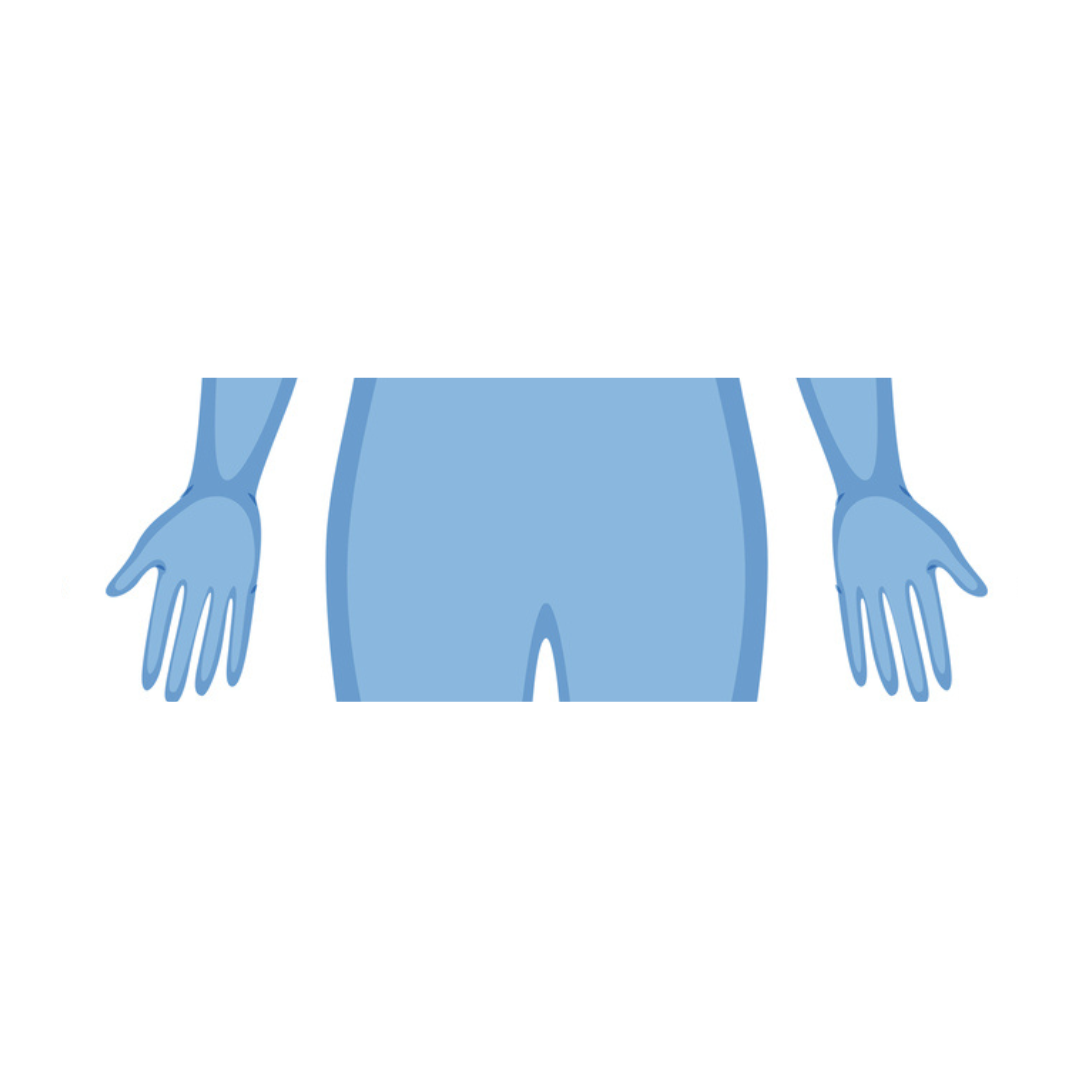
The hip region is a central component of the human body's anatomy, playing a critical role in mobility and stability. It consists of the hip joint - a ball and socket joint formed by the acetabulum (a part of the pelvic bone) and the femoral head (the top part of the femur or thigh bone). This area is supported by a complex network of muscles, including the glutes, hip flexors, and adductors. These muscles facilitate movements such as walking, running, sitting, and bending. Hip pain can arise from various conditions, including arthritis, bursitis, hip fractures, or tendonitis. Symptoms often include discomfort or stiffness in the hip area, difficulty moving the hip or leg, and sometimes pain that radiates to the groin or thigh. Understanding the anatomy of the hip helps in diagnosing and managing these conditions effectively.
Hip Area
Discover a first-line treatment for managing pain from hip labral tears using an integrated approach of acupuncture and dry needling. Learn the science behind labral injuries and schedule your consultation today.
New research highlights the link between weak glutes and running injuries. Learn how dry needling can help runners activate glutes and prevent overuse injuries through better strength training.
Discover a first-line treatment for hip flexor tendinitis using an integrated approach of acupuncture and dry needling. Learn the science behind tendon overuse and inflammation, and schedule your consultation today.
Discover a first-line treatment for piriformis syndrome using an integrated approach of acupuncture and dry needling. Learn the science behind sciatic nerve compression due to piriformis spasm, and schedule your consultation today.
Discover how dry needling can help dancers alleviate pain, recover from injuries, and enhance performance. Learn about common dance injuries and how this therapy targets trigger points for optimal muscle function.
Discover how acupuncture helps dancers prevent injuries, improve flexibility and balance, and recover faster. Learn how integrating acupuncture can enhance dance performance and well-being.
Learn about how dry needling can be part of a comprehensive treatment plan to help with hip impingement pain.
Learn about how acupuncture can be part of a comprehensive treatment plan to help with hip impingement pain.
Learn about hip impingement, a common cause of hip pain. We review the causes and treatment options for managing hip impingement pain.
Sartorius trigger points can cause thigh and medial knee pain. Read more to learn about sartorius trigger points and why you should consider treating them with acupuncture and dry needling. This method of treatment addresses the root cause and symptoms of sartorius issues to relieve pain and restore muscle function.
The gluteus minimus muscle is commonly involved in cases of sciatica like pain that can run down the side or back of the leg. Learn more about this muscle, how trigger points form in it, and how acupuncture can release gluteus minimus pain and muscle tightness to relieve pain and restore range of motion in the hip and leg.
The tensor fascia latae (TFL) muscle is a common area of muscle tightness that can cause pain in the front of the hip and down the side of the leg. The main action of this muscle is to flex the hip (bring the knee towards the chest).
The iliopsoas or psoas muscle is a commonly overlooked area of muscle tightness that can cause pain in the front of the hip and low back. The main action of this muscle is to flex the hip (bring the knee towards the chest).
Discover the benefits of acupuncture and dry needling for relieving pain in the gluteus medius muscle. Learn about how releasing gluteus medius trigger points can reduce back pain and hip pain.
⬆️ Back to top
The thigh is a key part of the human anatomy, facilitating mobility and bearing much of the body's weight. It consists of the femur, the longest bone in the body, and is surrounded by a network of muscles divided into three groups: the anterior (front), medial (middle), and posterior (back). The quadriceps, located in the anterior group, are essential for knee extension, while the hamstrings in the posterior group allow for knee flexion. The adductors in the medial group enable the movement of the leg towards the body's midline. Thigh pain can result from strains or tears in these muscles, nerve issues, or conditions like hip arthritis or deep vein thrombosis. Symptoms often include discomfort, swelling, and reduced range of motion. Understanding the anatomy of the thigh assists in the proper diagnosis and treatment of such conditions.
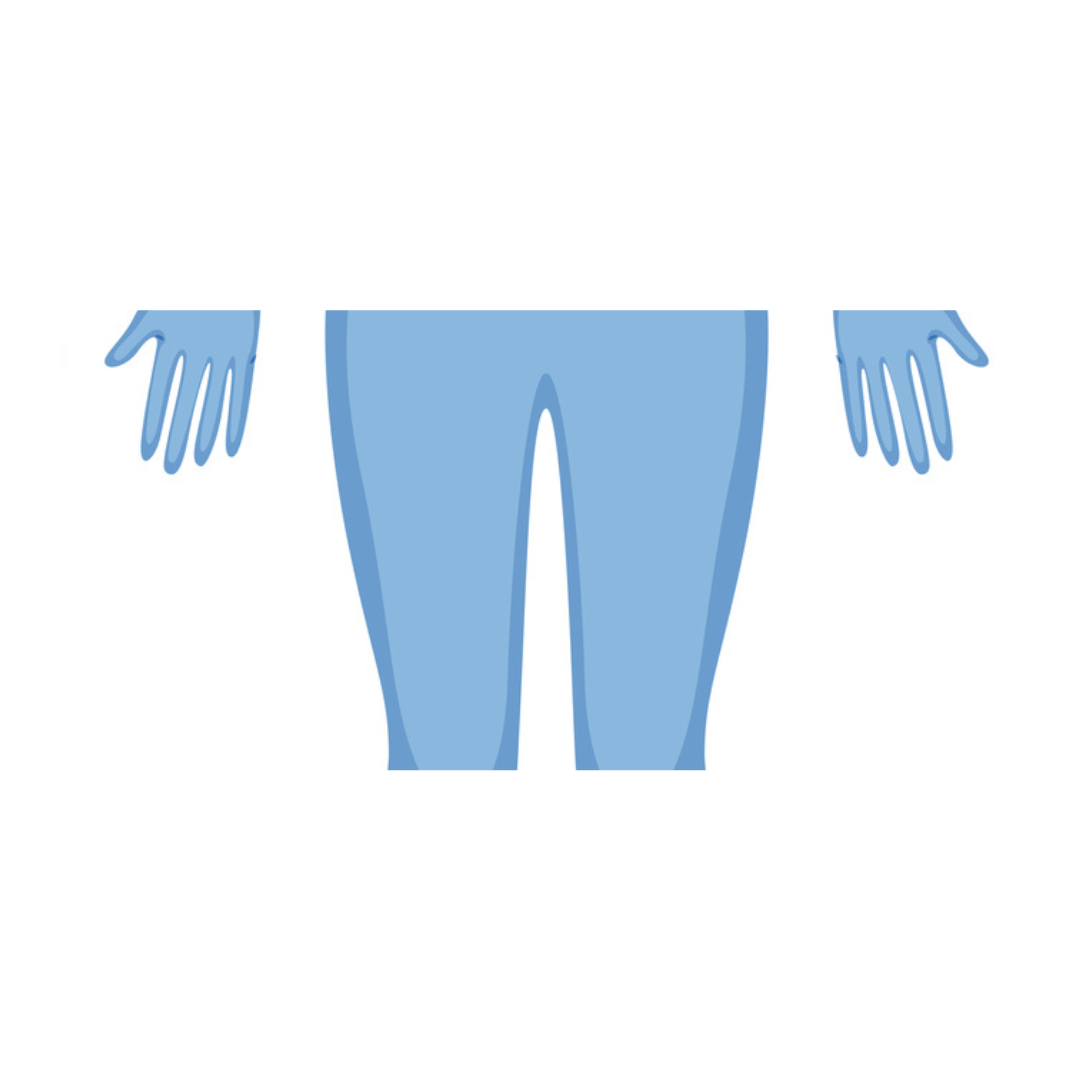
Thigh Area
Discover a first-line treatment for hamstring tendinopathy using an integrated approach of acupuncture and dry needling. Learn the science behind chronic hamstring tendon pain and schedule your consultation today.
Discover a first-line treatment for hamstring strain using an integrated approach of acupuncture and dry needling. Learn the science behind hamstring muscle strains and schedule your appointment today.
Discover a first-line treatment for stress fractures using an integrated approach of acupuncture and dry needling. Learn the science behind bone microfractures and schedule your consultation today.
Discover a first-line treatment for iliotibial band syndrome using an integrated approach of acupuncture and dry needling. Learn the science behind IT band pain and schedule your appointment today.
Discover a first-line treatment for runner’s knee using an integrated approach of acupuncture and dry needling. Learn the science behind patellofemoral pain syndrome treatment and schedule your consultation today.
Discover how recent 2025 studies reveal the benefits of acupuncture and electroacupuncture for knee osteoarthritis, including pain relief, reduced inflammation, and improved mobility. Explore evidence-based treatment recommendations and insights into acupuncture’s biological mechanisms.
Learn how dry needling releases trigger points in key muscles to relieve pes anserine bursitis pain, improve knee biomechanics, and restore lasting knee health.
Explore how acupuncture can effectively alleviate pain and improve mobility for pes anserine bursitis. Learn about targeted needling techniques, research-supported benefits, and how acupuncture integrates with other treatments to support your knee health.
Discover the causes, symptoms, and treatment options for pes anserine bursitis, a knee condition affecting the inner side of the joint. Learn how exercises, , acupuncture, dry needling, physical therapy, and lifestyle changes can help restore comfort and improve knee function.
Discover the latest research on Iliotibial Band Syndrome (ITBS), shifting from friction to impingement models, and learn about effective treatments like acupuncture, dry needling, hip strengthening and gait retraining.
Ease popliteus muscle pain and trigger points with acupuncture & dry needling. Discover natural relief for knee discomfort and improve mobility.
Learn about the popliteus - a small yet vital muscle in the back of the knee. It plays a crucial role in knee stability and is an overlooked source of posterior knee pain.
As the largest adductor muscle, adductor magnus trigger points can cause inner thigh and pelvic pain. Learn more about adductor magnus pain and how acupuncture and dry needling can help.
Discover effective treatment for biceps femoris muscle pain using acupuncture and dry needling at Morningside Acupuncture NYC. Learn about the anatomy, trigger points, and relief methods for this type of hamstring muscle pain.
Discover effective treatment for semitendinosus muscle pain using acupuncture and dry needling at Morningside Acupuncture NYC. Learn about the anatomy, trigger points, and relief methods for this type of hamstring muscle pain.
Vastus medialis trigger points commonly cause medial knee pain. They can also be involved in cases of patellofemoral pain or runner’s knee. Learn more about the vastus medialis muscle, causes of pain, and how acupuncture and dry needling can help.
Vastus lateralis trigger points commonly cause lateral thigh and knee pain. They can also be involved in cases of a “stuck” patella. Learn more about the vastus lateralis muscle, causes of pain, and how acupuncture and dry needling can help.
Discover how acupuncture and dry needling can provide effective relief for patellofemoral pain syndrome (PFPS), improving your athletic performance and recovery.
Explore how acupuncture and dry needling can address IT band syndrome, offering effective pain relief and improving your sports performance and recovery.
Piriformis trigger points can refer pain in the lateral hip, buttocks, and down into the thigh. They can also cause nerve entrapment, piriformis syndrome, and sciatica pain. Read more to learn about piriformis trigger points and how acupuncture and dry needling can help relieve symptoms of piriformis syndrome, hip pain, buttock pain, sciatica, and thigh pain naturally
Sartorius trigger points can cause thigh and medial knee pain. Read more to learn about sartorius trigger points and why you should consider treating them with acupuncture and dry needling. This method of treatment addresses the root cause and symptoms of sartorius issues to relieve pain and restore muscle function.
The rectus femoris muscle is commonly involved in cases of anterior knee and thigh pain. Learn more about this muscle, how trigger points form in it, and how acupuncture can release rectus femoris muscle tightness to relieve pain and restore range of motion in the thigh and knee.
Knee pain can have several causes including surrounding muscle tightness, acute injury, and chronic pain due to arthritis and joint deterioration. Acupuncture can help.
⬆️ Back to top
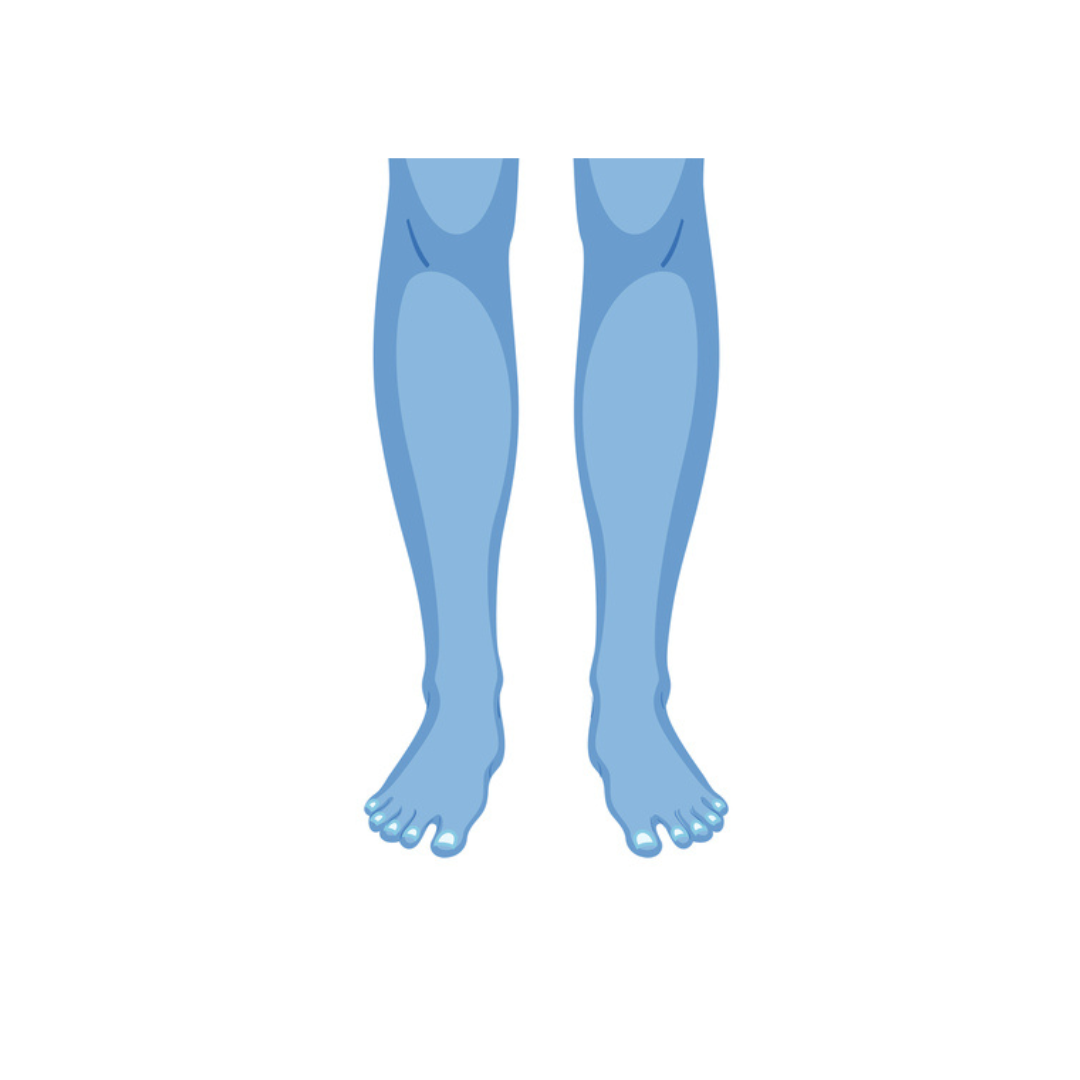
The lower leg and foot are crucial for mobility, balance, and weight-bearing. The lower leg houses two bones, the larger tibia and the smaller fibula. The foot is a complex structure composed of 26 bones, including the tarsals (ankle area), metatarsals (midfoot), and phalanges (toes). These areas are supported by numerous muscles, tendons, and ligaments that facilitate movements such as walking, running, and jumping. The lower leg muscles, like the calf muscles, are critical for propulsion, while the small muscles in the foot provide stability and fine-tune movements. Pain in these regions can arise from various causes such as fractures, sprains, plantar fasciitis, or conditions like flat feet or bunions. Symptoms often include discomfort, swelling, and difficulties in walking or standing. Understanding the anatomy of the lower leg and foot aids in diagnosing and managing these conditions effectively.
Lower Leg & Foot
Discover how recent research is transforming our understanding of Achilles tendinopathy, highlighting nervous system changes and new treatment strategies like feet-in exercises and dry needling.
Discover a first-line treatment for ankle sprains using an integrated approach of acupuncture and dry needling. Learn the science behind ankle pain and schedule your appointment today.
Discover a first-line treatment for stress fractures using an integrated approach of acupuncture and dry needling. Learn the science behind bone microfractures and schedule your consultation today.
Explore new research on dry needling for shin splints (medial tibial stress syndrome). Learn how targeting trigger points in the soleus muscle can reduce shin splint pain effectively.
Discover a first-line treatment for shin splints using an integrated approach of acupuncture and dry needling. Learn the science behind lower leg pain and schedule your appointment today.
Discover a first-line treatment for plantar fasciitis using an integrated approach of acupuncture and dry needling. Learn the science behind heel pain and schedule your appointment today.
Discover a first-line treatment for Achilles tendinitis using an integrated approach of acupuncture and dry needling. Learn the science behind tendon pain and schedule your appointment today. We offer Achilles tendonitis treatment near me in NYC on the Upper West Side.
Discover how dry needling can help dancers alleviate pain, recover from injuries, and enhance performance. Learn about common dance injuries and how this therapy targets trigger points for optimal muscle function.
Discover how acupuncture helps dancers prevent injuries, improve flexibility and balance, and recover faster. Learn how integrating acupuncture can enhance dance performance and well-being.
Learn about soleus muscle strains and how acupuncture and dry needling can be an effective part of treatment and recovery.
Learn how dry needling effectively treats plantar fasciitis by targeting muscle trigger points to relieve heel pain, improve mobility, and promote natural healing.
Discover how acupuncture effectively treats plantar fasciitis by reducing heel pain and improving outcomes, compared to other non-surgical treatments based on a 2024 study.
Explore the benefits of dry needling for shin splints, including pain relief, muscle relaxation, and improved range of motion. Learn what to expect during a session and the supporting research behind this effective treatment.
Explore how acupuncture can effectively treat shin splints, providing pain relief, reducing inflammation, and promoting healing. Learn about the benefits, typical sessions, and research supporting acupuncture for shin splints.
Learn all about shin splints: their causes, symptoms, treatment options, and prevention strategies. Get detailed insights to effectively manage this common condition.
Explore how the KI1 acupoint may effectively stimulate medial and lateral plantar nerves, offering new insights into acupuncture’s therapeutic potential for foot-related neurological functions.
Dry needling offers a way to address trigger points in the tibialis posterior muscle. This muscle is not accessible via palpation so dry needling offers one of the only direct ways to address pain and tightness in the posterior tibialis area.
Acupuncture offers a promising solution for those suffering from pain related to the Tibialis Posterior muscle. It provides a non-invasive, holistic approach to pain management and recovery, aligning with the body's natural healing processes.
Learn about the tibialis posterior (or posterior tibialis) - a vital muscle in the lower leg, playing a crucial role in stabilizing the foot and ankle. It is instrumental in controlling the inward movement of the foot (inversion) and supporting the arch during walking or running.
Learn about Achilles tendonitis and how acupuncture and dry needling can provide effective relief to help relieve pain and improve range of motion.
Tibialis anterior trigger points can refer pain along the muscle from the upper anterior/lateral shin down through the front of the medial ankle and down to the top of the big toe. They can cause shin splint pain and foot drop, or difficulty dorsiflexing the foot (lifting the front of the foot). Read more to learn about tibialis anterior trigger points and how acupuncture and dry needling can help relieve thigh shin, ankle, and big toe pain naturally.
The calf muscles are made up of the gastrocnemius and soleus muscles. Calf trigger points can cause posterior lower leg pain, knee pain, and heel pain. They can mimic symptoms of more serious conditions like Achilles tendonitis, plantar fasciitis, and Baker’s cysts. Learn more about the calf muscles, how trigger points form in them, and how acupuncture and dry needling can relieve pain and restore range of motion in the calf and lower leg.
Learn what causes plantar fasciitis and how acupuncture is an effective modality to relieve heel pain and prevent plantar fascia inflammation.
⬆️ Back to top
➡️ Explore our additional resources
Let Us Help You Find Relief
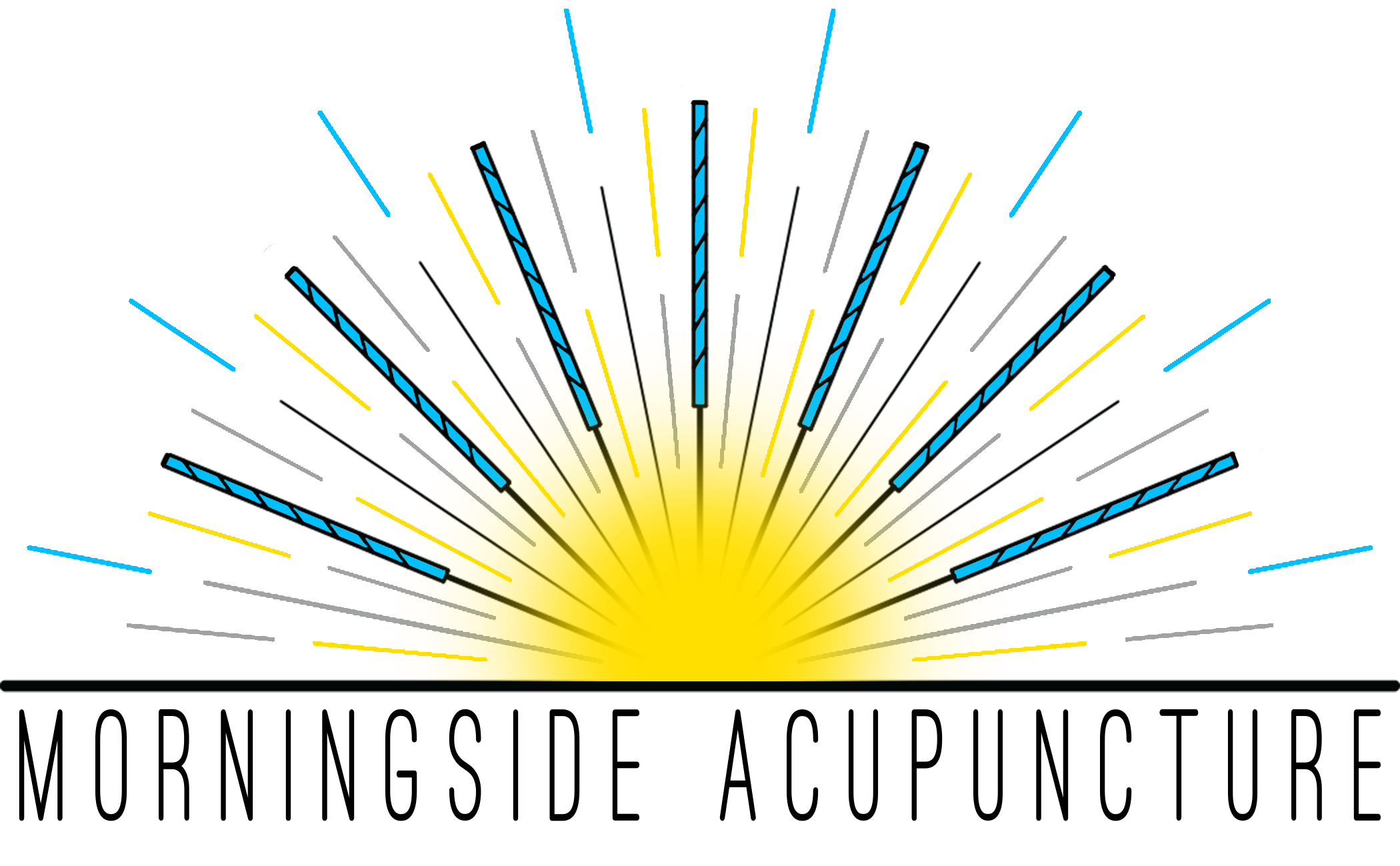
We understand the frustration of living with chronic pain. Our team of licensed, nationally-board-certified acupuncturists specializes in a blended approach that combines traditional acupuncture and trigger point dry needling myofascial trigger point therapy to alleviate a wide range of conditions, including chronic and acute pain, stress-related disorders, sports injuries, digestive issues, and women's health issues.
We provide personalized treatment plans that meet your needs and goals, recognizing that each body is unique. Our treatments incorporate principles of traditional Chinese medicine, sports acupuncture, myofascial release, and trigger point therapy to provide effective and holistic treatments.
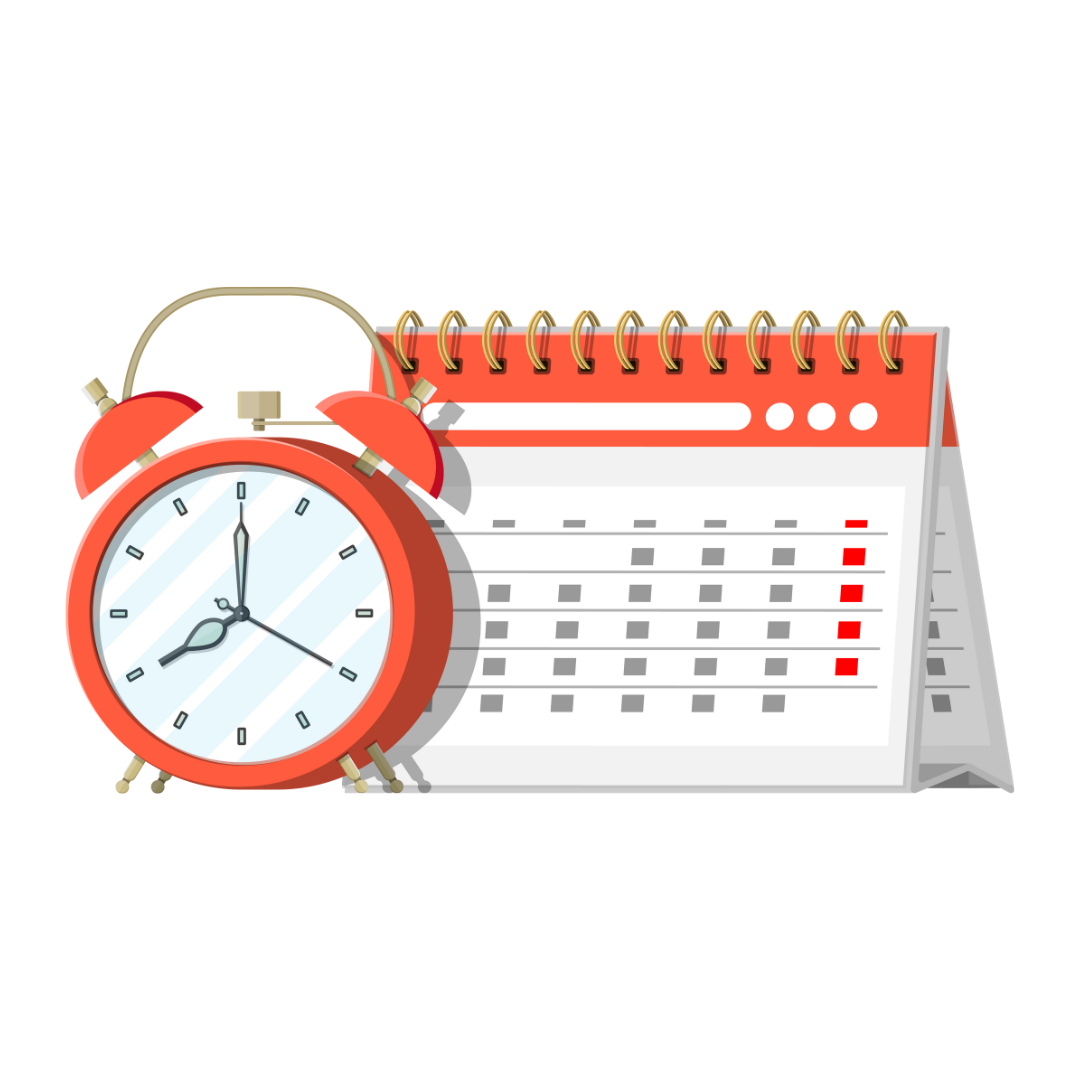
Schedule Your Appointment Today
Get to the root of your chronic pain, and let us help you find relief. Click on each area of our Body Pain Region Guide to learn more, and then schedule your appointment with us today.














